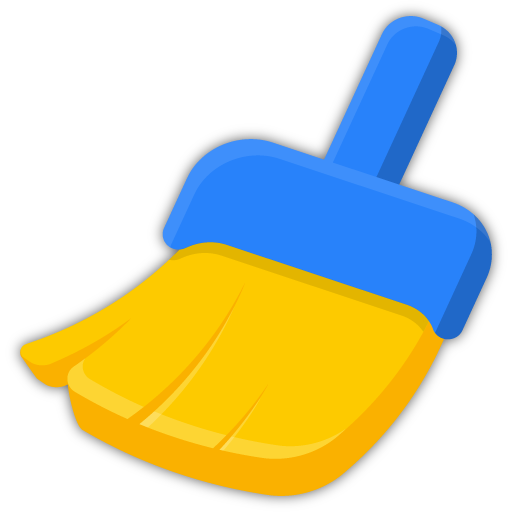Life Cycle Management (LCM)
Life Cycle Management, (LCM), is a document which holds key details about each unit or batch to be produced. The document is created at production release, when the Production Work Orders (PWO) is set to Status 5 (In production). Details are recorded until the production ends. Depending on the value of ART.LCMDOC, LCM documents are created per unit or per batch. The following rules apply:
UNIT: One LCM document per unit.
BATCH: One LCM document per production series (PWO). Material supply from different sources may cause the original batch LCM to be split.
To open the Life Cycle Management (LCM) application, find Production in the RamBase menu and then Life cycle management. Click Life cycles to enter the LCM application.
Tab descriptions
Part List
The Part list folder lists any materials associated with a production for which there is a tracing requirement.
RMA Requests
The Return Material Authorization (RMA) folder is used to hold information about the return and repair or replacement or refund of defective goods.
Used in
For sub assemblies. Showing which production that the LCM is used within.
Service
Shows the service history.
Rental
Shows the rental history.
Project orders
Set owner for LCM
You can specify the owner of the LCM. The owner can be supplier or the customer. There are 2 ways to set the owner for an LCM.
If the CSV setting SetOwnerOnProductUnitWhenShipped is enabled, then the owner fields are updated with the customer information in the CSA, but only if the owner fields were previously empty. If the owner fields are not empty, these values are not overwritten. The CSA must already be linked to the LCM. Refer to Settings for Production - Life cycle management.
You can also specify the owner manually.
Select
to the right of the Owned by label in LCM.
In the Product Owner window that appears, select Customer or Supplier as the owner. If you selected Customer, the CUS icon is displayed. If you selected Supplier, the SUP icon is displayed.
Select the CUS icon to display the Select Customer (CUSSELECT) window where you can select the customer by double clicking the necessary Customer name.
Or select the SUP icon to display the Select Supplier (SUPSELECT), where you can select the necessary supplier by double clicking the Supplier name.
Select
 at the right side of the Owned by label to remove the owner information from the LCM.
at the right side of the Owned by label to remove the owner information from the LCM.